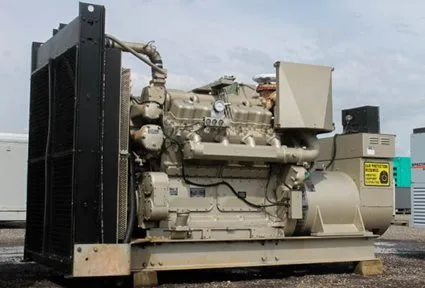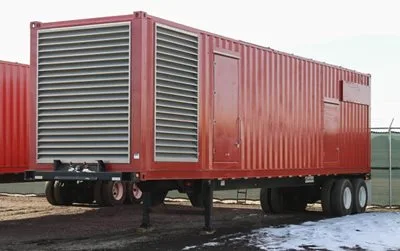Energy & Power Scenario Worldwide

The global demand for energy is expected to grow by about 60% by 2030, as projected by the International Energy Agency (IEA). While over 1 billion people in developing countries have gained access to modern energy sources over the last 25 years, there are still 1.6 to 2 billion people without access to electricity or modern energy services. This accounts for nearly a third of the global population, with 30 million people being added to this group each year. Approximately 56% of the world’s rural population lacks access to energy services.
The reliance on wood, charcoal, and crop residues for cooking and heating is widespread in developing nations, with these energy sources contributing to air pollution, health risks, and safety hazards. Despite investments of more than $16 trillion in energy infrastructure, many people in developing countries will remain without access to electricity. Energy demand, especially in Asia, is expected to double in the next 25 years due to economic and population growth.
(A) Benefits of Direct Access to Electric Energy
Direct access to electricity offers a wide range of benefits that significantly improve quality of life in developing countries:
- Reliable Lighting and Heat: Consistent access to electricity for lighting and heating enhances daily living.
- Improved Indoor Air Quality: Reduces dependence on harmful, polluting fuels and improves health.
- Reduced Fire Hazards: Prevents fire risks associated with burning organic materials.
- Boosted Productivity: Increased business and industrial development, fostering economic growth.
- Support for IT: Powers computers, servers, and internet infrastructure, facilitating modern communication and technology.
The United Nations Development Program (UNDP) correlates energy consumption with human development, finding that countries with higher energy usage tend to have higher levels of economic and social well-being.
(B) How Can Diesel Generators Be Used to Address Electricity-Related Issues in Developing Countries?
1. Micro Power Grids in Remote Areas
In areas where the national grid is unfeasible, diesel generators provide an ideal solution for supplying power to remote regions. These systems are easy to install and can be integrated with renewable sources like solar energy. Diesel generators, particularly when managed well, offer a reliable source of electricity in locations with limited infrastructure.
2. Agriculture
Diesel generators support irrigation, cottage industries, and rural processing facilities. In India, for example, around 4 million small diesel engines power irrigation pumps, enhancing agricultural productivity.
3. Barge-Mounted Diesel Generators (BMDs)
These portable generators mounted on offshore barges can provide power for up to 100 MW, offering flexibility for industries such as mining and offshore drilling. BMDs can be relocated as needed, making them a versatile alternative to traditional land-based power plants.
4. Information Technology and Data Centers
As developing nations increasingly host IT projects and data centers, diesel generators provide a reliable backup power solution to ensure business continuity and prevent data loss during power failures.
5. Infrastructure Development

Diesel generators are critical in supporting the infrastructure of growing economies. They ensure uninterrupted power for both remote locations and urban areas, especially in the event of grid failures.
6. Bridging the Gap Between Power Demand & Supply
In countries where power demand often exceeds supply, diesel generators act as backup units for residential and commercial buildings. These generators help mitigate issues such as load shedding and brownouts, which are common in fast-growing economies like India.
(C) Cost of Power Generation Using Diesel Generators
Capital Costs
Diesel generators are the most affordable option for power generation in developing countries, with initial installation costs often much lower than alternatives like wind or solar power. Their low capital cost makes them an attractive solution for countries working with limited budgets.
Running Costs
Operating and maintaining diesel generators, as well as purchasing fuel, constitute the primary running costs. Diesel generators are comparable to renewable technologies in terms of operating expenses. However, the feasibility of using diesel generators depends on the cost and availability of diesel fuel, as well as the presence of skilled personnel for proper maintenance. Diesel generators are particularly valuable in remote areas, where connection to the national grid is impractical.

Conclusion
The increasing population and industrialization in developing nations highlight the urgent need for robust power grid development. Diesel generators remain a crucial solution in meeting the energy needs of these nations, offering reliable and affordable power in the face of growing demand and limited infrastructure. These generators support everything from agriculture and infrastructure to IT and data centers, playing a vital role in advancing the global economy.